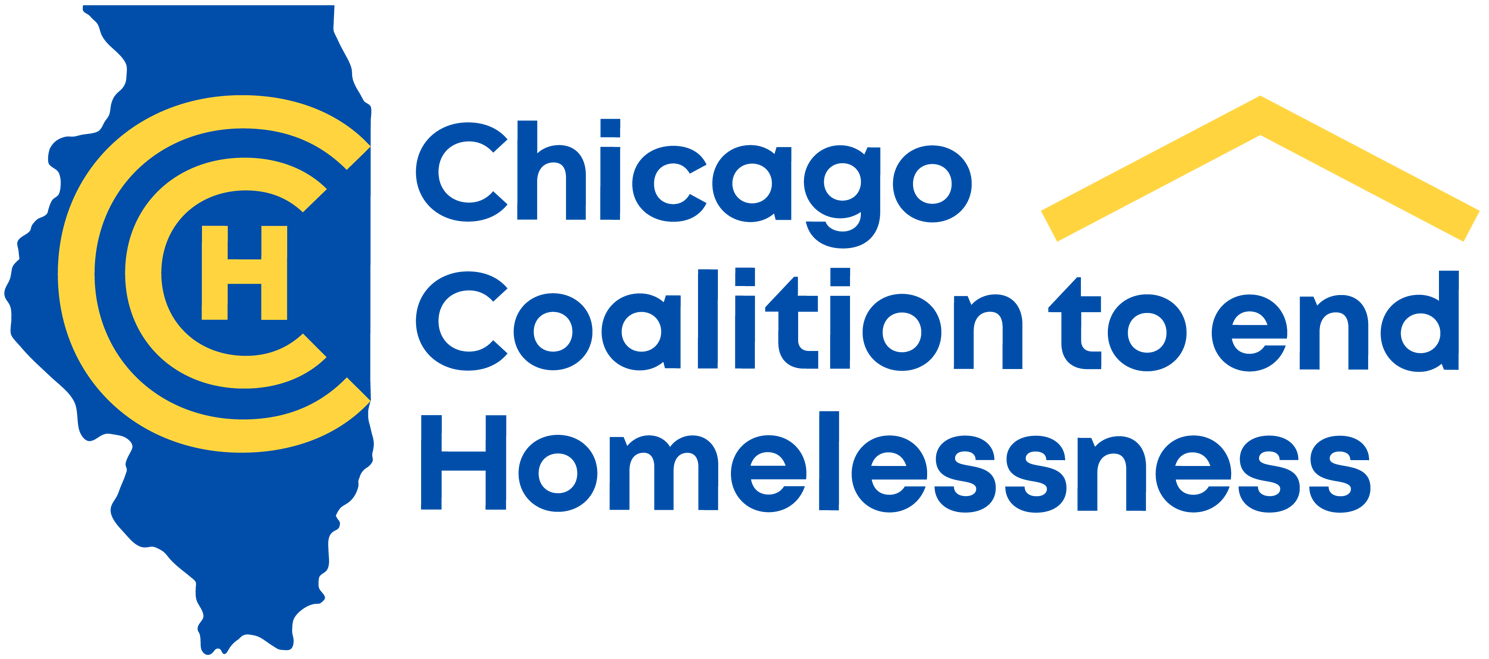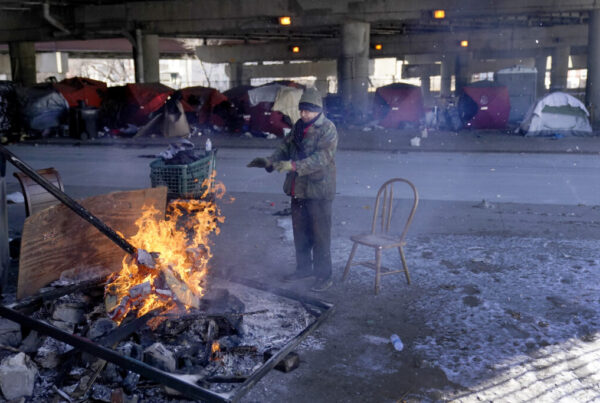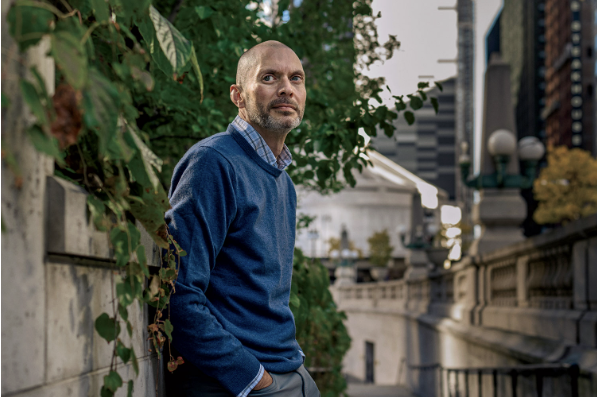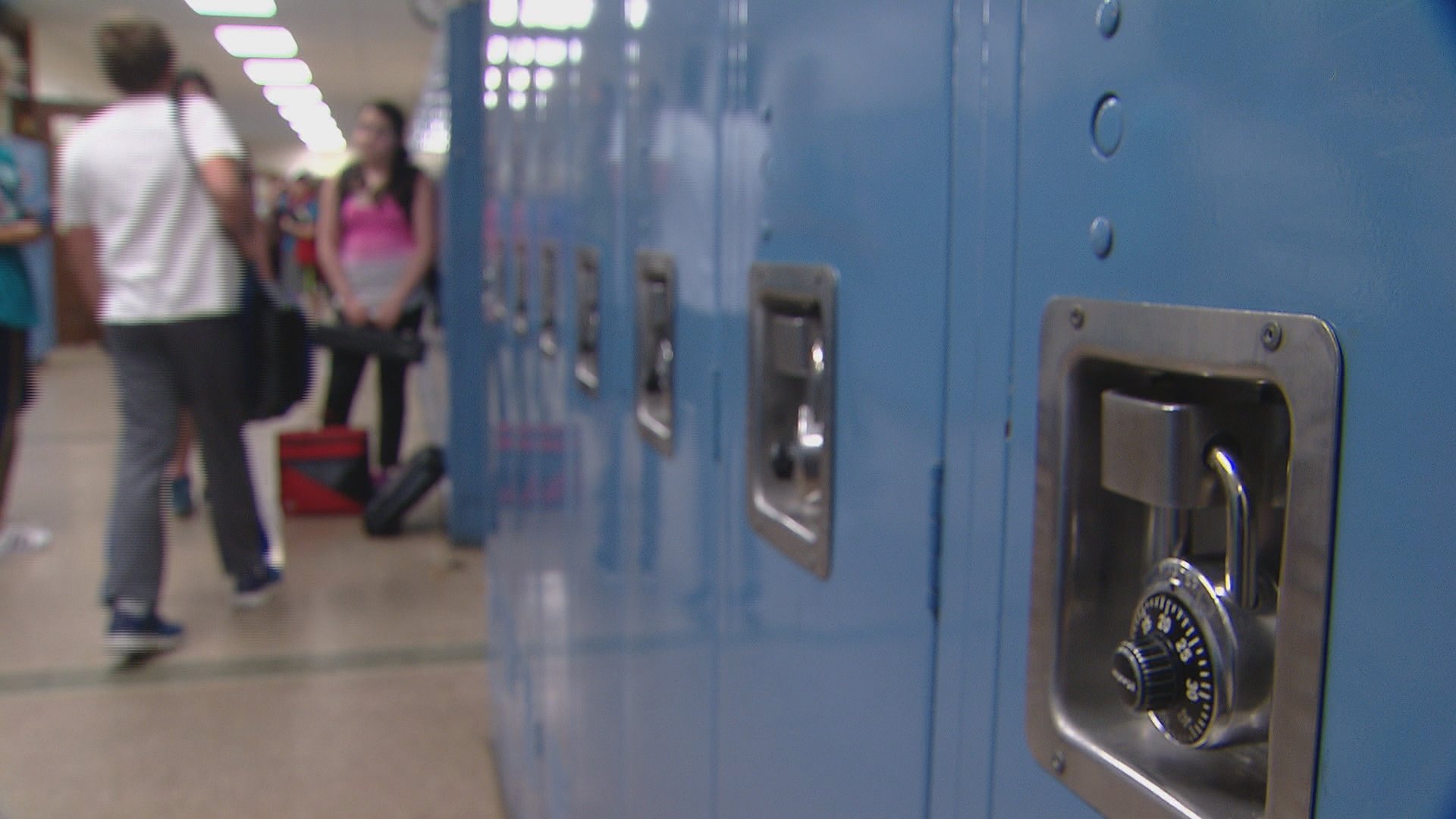
Some 54,669 students were identified as homeless last year by the Illinois State Board of Education. More than a quarter of those, or about 15,000 students, are currently enrolled in Chicago Public Schools.
At Paul Robeson High School in Englewood, more than a quarter of the 130 or so students are homeless, according to district data. That’s more than six times the CPS average. One in four students at TEAM Englewood Community Academy are homeless, too, as are about one out of every five students at Hope College Prep, also in Englewood.
Those students could be among the 400-plus in Englewood looking for a new school this fall if the Chicago Board of Education moves ahead with a proposal to shutter four Englewood high schools in June – more than a year before construction of a new “state-of-the-art” high school on the Robeson campus will be completed. Harper, the fourth Englewood-area school set to close, has fewer than 10 homeless students and is the only one close to the district average this year of 4 percent.
Homeless advocates say the proposed closings would negatively impact dozens of students in temporary living situations.
“A lot of times school is the only stable thing in a homeless student’s life,” said Patricia Nix-Hodes, who heads The Law Project at the Chicago Coalition for the Homeless.
“We felt there’s a very disproportionate impact on these students who are already quite vulnerable, who often already have had numerous school changes due to their residential mobility.”
The new school is set to open in fall 2019, but when it does, the students leaving existing schools won’t be able to enroll there. CPS has said the new school will welcome only a freshman class when it opens for the 2018-19 school year before filling out in subsequent years.
“For many students we work with, school is a source of stability and connection – connection to their peers, connection to their teachers – it’s really a community,” Nix-Hodes said.
“Then to be forced out of your school and out of your community at a time when a new school is being built, but current students don’t have access to that school, it just seems very unfair. It’s going to cause more hardship for students who are already vulnerable.”
![]()
State and federal laws define homeless students not only as those living on the streets or out of a vehicle, but as anyone without a “fixed, regular and adequate nighttime residence.” In most cases that means these children are “doubled up” – forced to share housing with an extended family member or friend because they have no home of their own.
“Doubled up” students comprised 86 percent of CPS’ homeless population last school year, according to the coalition. Another 12 percent are in shelters, while the rest live either in motels, public parks or temporary foster care.
The McKinney-Vento Act – signed into law by President Ronald Reagan in 1987 – built in new supports for homeless students who had been offered little support under the previous federal law. The act requires state or local agencies to provide transportation and program access for these students, and allows them to enroll in a new school without proof of residency or guardianship if those aren’t available.
“We’ve found that homeless students in general face greater barriers to attendance, enrollment, they have higher rates of school mobility, which cause them to suffer extreme academic delays,” said Lawrence Wagner, a senior attorney with the Chicago Coalition for the Homeless.
“It’ll certainly disrupt their relationships with teachers and their peer students, and a lot of times it leads to increased absence from schools.”

Students at the four schools will be re-zoned to other neighborhood high schools, including Phillips, Dunbar, Bogan and Gage Park. Each of the Englewood schools and the proposed receiving schools are rated between Level 2-plus and Level 3 on the district’s School Quality Rating Policy, which ranks schools from a high of 1-plus to a low of 3.
But the coalition has argued those schools aren’t performing at levels higher than the ones they were already in, and that CPS should instead reserve seats for these students in magnet and selective enrollment high schools, and extend the application deadline so they may apply before next school year.
They’ve repeatedly pointed to a UChicago Consortium on School Research study that found the only students who aren’t negatively impacted academically from the closure of their schools are those who are moved into substantially higher-performing schools.
Individual CPS schools employ STLS liaisons and clerks, and the district says its Office of Students in Temporary Living Situations assists homeless families and students in pre-K through 12th grade, addressing barriers to enrollment, transportation, attendance, retention and success.
In the Englewood transition plan, the district does specify it will continue legally-mandated supports for its homeless population, including “free school meals, enrollment support, provision of required school uniforms and school supplies as needed, transportation assistance when eligible, and waiver of all school-related fees.” Additionally, STLS students are allowed to attend a school in their current neighborhood or enroll in the school they were attending when they first lost housing.
“Every student deserves to have the support they need to succeed in and out of school,” CPS spokeswoman Emily Bolton said in a statement, “and the District is fully committed to providing additional support services for STLS students in the event the Board votes to move forward with proposed school action plans in Englewood.”
CPS will also set up one-on-one meetings between homeless students and its STLS office to discuss any unique enrollment barriers they may face in finding a new school.
Still, Wagner worries that plan doesn’t go far enough. The coalition is concerned about the proposal’s timeline and wants assurances CPS will provide homeless students with academic and social/emotional supports, and ensure a student’s new school understands what they need to graduate.
“I think overall there’s a general concern if the board votes for this change that CPS is really unprepared to effect the change,” he said. “If you look at the transition plans they have on their website, you’ll see that even some of the earlier steps in those plans indicate steps that should take place before the end of January, and that’s even by their own timeline.
“If they haven’t even voted yet to close the schools, it pushes the timeline behind and we don’t know they’ll make any adequate adjustments. Even if they do, we just feel they’re not putting enough resources and time into making sure all students transition successfully, but certainly homeless students.”
